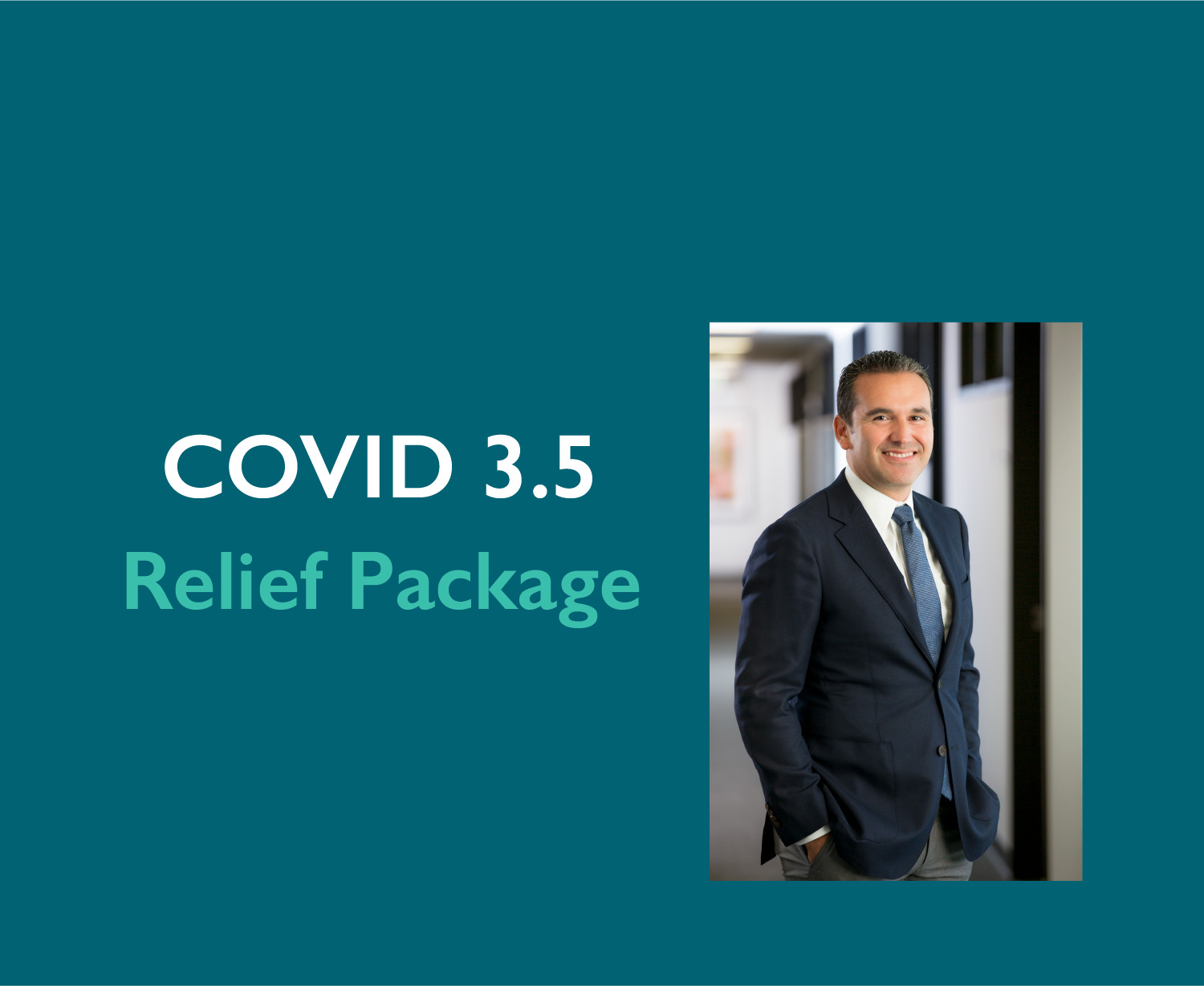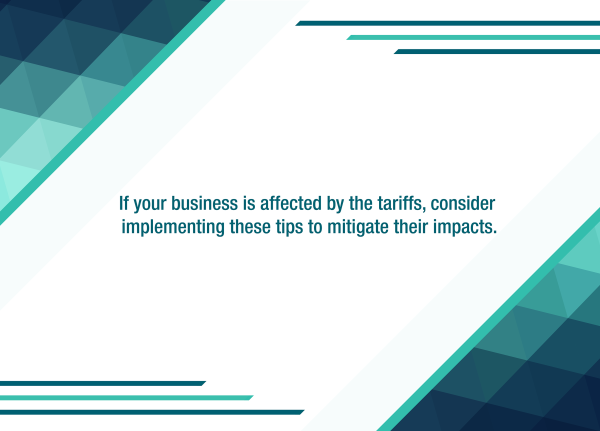By Nicholas Sanchez, Partner, Tax Attorney
On Friday, April 24, 2020, President Trump signed the Paycheck Protection Program and Health Care Enhancement Act (H.R. 266, known as COVID 3.5), which provides additional funding for the Paycheck Protection Program (PPP), a relief program created under the CARES Act previously enacted on March 27, 2020.
There were no tax provisions in COVID 3.5; however, the act appropriates an additional $320 billion in PPP funding on top of the $349 billion provided under the CARES Act, $10 billion in additional funding for emergency Economic Injury Disaster Loans (EIDLs), and an additional $50 billion to EIDLs. Eligibility for EIDLs was also expanded to farms and agricultural businesses, which had been excluded from the program under the CARES Act.
Both the PPP and EIDL programs are administered by the Small Business Administration. The SBA has indicated that it will resume accepting applications on Monday, April 27, 2020.
Paycheck Protection Program
PPP loans are available to small businesses with up to 500 employees including 501(c)(3) and 501(c)(19) nonprofit organizations, as well as tribal small business concerns. In an attempt to reach smaller communities and “underbanked” businesses, COVID 3.5 allocates $30 billion in PPP funding to banks and credit unions with $10 to $50 billion in assets, and another $30 billion for smaller institutions. Generally, a borrower may take out a loan up to 250% of average monthly payroll for the preceding year. For this purpose, “payroll” includes salaries, wages, vacation and other leave, dismissal or separation pay, healthcare expenses, retirement, and state and local taxes.
PPP loans may be used for payroll, mortgage interest, rent, utilities, and interest on other debt. PPP loan proceeds used for these expenses for the first 8 weeks after loan origination will be forgiven with no resulting cancellation of indebtedness income attribution. Loan payments are deferred for 6 months, interest rates are 1.0%, the loan term is 2 years to the extent not forgiven, and no personal guarantees are required.
Business should apply for PPP loans with an approved SBA lender, preferably one with which they have an existing banking relationship. Businesses that take out a PPP loan may not claim the Employee Retention Credit, so the relief provisions should be compared to determine which is most advantageous.
Economic Injury Disaster Loans
EIDLs are available to small businesses with up to 500 employees including all private nonprofit organizations and 501(c)(19) organizations. Emergency EIDL advances are available up to $10,000 ($1,000 per employee). This advance does not need to be repaid; therefore, it is commonly referred to as a grant. These are true loans up to $2M maximum with an interest rate of 3.75% (2.75% for nonprofits). The proceeds can be used for expenses that cannot be met as a result of the COVID-19 disaster, including fixed debts, payroll, increased costs to obtain materials due to supply chain issues, accounts payable, rent and mortgages, as well as other bills that cannot be paid. The loans feature a 12-month deferral on payments with terms up to 30 years. Borrowers should apply directly with the SBA.
____________________________________
We highly recommend you confer with your Miller Kaplan advisor to understand your specific situation and how this may impact you.



